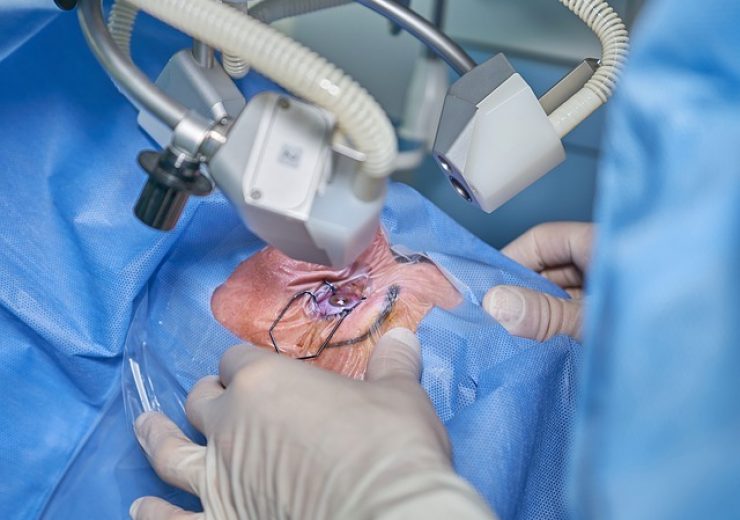iPredict AI Eye Screening System is indicated to automatically detect DR, AMD and glaucoma suspect in clinical settings

iPredict system uses high-resolution images of the patient’s eyes captured using a colour fundus camera. (Credit: Paul Diaconu from Pixabay.)
iHealthScreen has received the CE certification for its AI-based software tool iPredict System for early diagnosis of certain ophthalmic disease types.
The iPredict AI Eye Screening System offers fully automated diabetic retinopathy (DR), age related macular degeneration (AMD), and glaucoma suspect screening, including retinal imaging, and reports results.
The system enables primary care and various specialty practices to accurately and easily screen diabetic patients for DR, people aged above 50 years for AMD, and suspected glaucoma in people with a family history of glaucoma.
It is indicated for use by healthcare providers in clinics, hospitals or other healthcare facilities to conduct automatic screening.
iHealthScreen founder and CEO Alauddin Bhuiyan “This is a major milestone for iHealthScreen. iPredict eye disease diagnostic tools will help prevent blindness for millions of people and save insurers countless millions of dollars in avoidable healthcare cost.”
iPredict system offers automatic screening results within a minute
After receiving high-resolution images of the patient’s eyes captured using a colour fundus camera, iPredict system offers the screening results automatically in less than 60 seconds.
The CE certification indicated the system for detecting more than mild DR or severe non-Proliferative DR, proliferative and diabetic macular EDEMA.
It is also also indicated for the detection of referable AMD including intermediate to late AMD and non-referable AMD, along with detecting glaucoma suspects based on abnormal optic discs.
iPredict automated report recommends a visit to an ophthalmologist for appropriate treatment in case of referable stage disease is detected for any of the conditions.
Icahn School of Medicine ophthalmology and neuroscience professor Theodore Smith said: “This technology could be particularly useful in identifying someone who has slipped across the boundary to progress into severity.”
